
The keto diet is a commonly heard diet plan these days. Be it the keto diet for weight loss or the keto diet for diabetes, discussions about the keto diet are widespread. Keto diets are among the topmost low-carb diets in the whole world. Keto has gained popularity in recent years as it benefits in managing various diseases like diabetes.
The keto diet has been in practice since the 1920s and has continued to serve humanity for over nine decades. The foundation of the keto diet features a solid understanding of physiology and nutrition science. It works on underlying issues like insulin resistance, hormonal imbalances, and others. With such associated advantages, the keto diet plan for diabetes has become a blessing in disguise for diabetic individuals.
What is a Keto Diet?
Keto diet or the ketogenic diet limits your carbohydrate intake by a total of 30 grams per day. It emphasizes high fat intake along with adequate proteins and limited carbohydrates. This diet trains the body to burn fats for energy rather than carbohydrates. It is a medicine mainly used to treat epilepsy in kids.
Keto Diet and Diabetes
The keto diet for diabetes is unique as various special diets for type 2 diabetes focus on weight loss, but keto focuses on a high-fat diet. Keto is low in carbs and high in fats which potentially modify your body. It also alters the way your body uses stored energy. Furthermore, it eases the symptoms of diabetes. With the aid of the keto diet, the body uses fat to convert into energy instead of sugar. It is an ancient diet that came into the picture back in 1920 as a remedy for epilepsy. But the effects of this popular diet are now being studied for diabetes type 2. The keto diet for diabetes may reduce the requirement of insulin while improving blood sugar levels. However, do not follow the diet without the guidance of an expert. Make sure to consult your doctor before making dietary changes to your everyday lifestyle.
Diabetes and Keto Diet: Relationship Explained
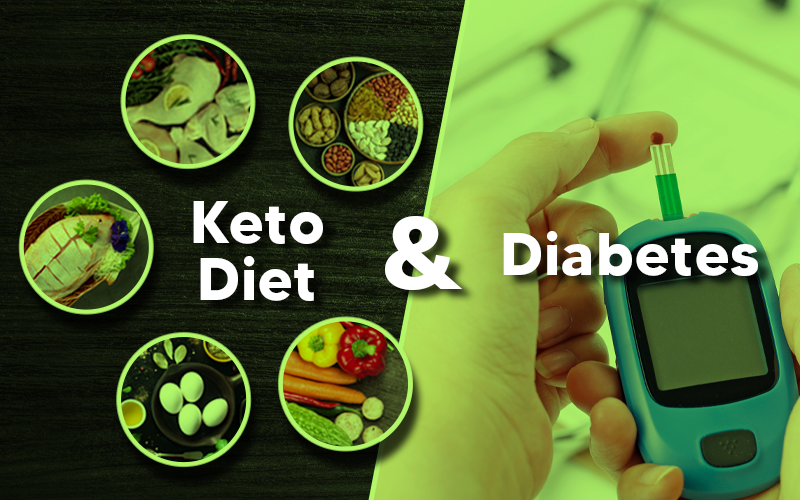
The keto diet and diabetes are pretty closely connected. The keto diet holds many more benefits than just aiding weight loss. It improves diabetes and helps with hormones, among other health issues. If we consume carbohydrates, insulin is released into the body due to high blood sugar levels. The release of insulin in the body marks sugar diffusion into the blood. Insulin is the storage hormone that indicates the body cells to store as much energy as possible. The cells initially store energy as glycogen, followed by fat.
The keto diet for diabetes type 2 works by diminishing the carbs content from the body that bars the release of insulin into the body. Controlled insulin release helps in maintaining normal blood sugar levels.
As per research in 2008, a 24 weeks study was conducted on people to study the effects of a low-carb diet with obesity and type 2 diabetes. At the end of the 24 weeks program, individuals who followed the ketogenic diet showed a reduction in medication and glycemic control compared to those who followed the low-glycemic diet.
Another study conducted in 2017 over 32 weeks found the ketogenic diet better than a conventional low-fat regime for diabetes for weight loss and diabetes.
A study in 2013 stated that the keto diet leads to significant results in weight loss, diabetes, A1C, and discontinued insulin requirements compared to other available diets.
Breaking Down Keto Diet
Our body uses glucose as the leading energy source. Fats, on the other hand, are stored in the body. A body that consumes a high carbohydrate diet uses glucose as the primary source of energy. In a keto diet, by restricting the carbohydrate intake, the body stimulates into a ketosis state. Ketosis is a process that the human body initiates for survival when the food consumed is not sufficient. During ketosis, our body produces ketones that are the by-products of fats from the liver.
The purpose of a keto diet is to push your body into a high metabolic state. In a keto diet, a high metabolic state is achieved by the starvation of carbohydrates. The human body is very flexible and quickly adapts to what you put it through. When you limit carbohydrates and be generous with fats, your body begins to use ketones as the primary energy source. And, interestingly, optimal levels of ketones are highly beneficial for health. It helps in weight loss and mental benefits.
The keto diet takes an entirely different approach to benefit your body. It does not limit to constricting calorie count or restricting portion sizes, or relying on excessive exercise. It works on altering your body’s fuel source, the energy source switches from carbohydrates to fats. Your body transforms into a fat burner instead of a sugar burner. Luckily, if you are a beginner to the keto diet, it is simple to follow.
What is the Meaning of ‘Keto’?
Keto is a short form of ketogenic. It refers to a diet that limits your carbohydrate content. It originated as a diet for medical purposes, but these days it is famous for weight loss.
Ketogenic, just like the Atkins diet, is a term for a low-carbohydrate diet. The theory is to gain most of your energy from fats and proteins and minimum from carbohydrates. On a keto diet, one needs to cut down easy-to-digest carbs like white bread, sugar, pastries, soda, etc.
What are the Types of Keto Diets?
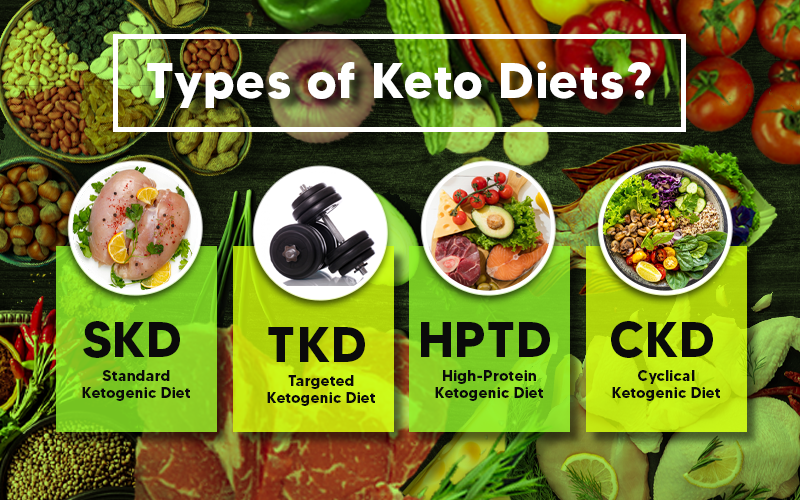
There are varying types of ketogenic diets. Let us know more about some of them all in the following list:
- The Standard Ketogenic Diet or SKD: – The standard ketogenic diet is a low-carbohydrate, high-fat, and moderate protein diet. It comprises nearly 20-50 grams of carbs, 40-60 grams of protein, and no constricted limit for fat. It features five ketogenic days succeeded by two high carbohydrate days.
- The Targeted Ketogenic Diet or TKD: – The TKD is quite similar to the standard ketogenic diet, except that it allows consuming carbs around the workout times. It is a diet for everyone who desires to include heavy workouts in their schedule. TKD compromises a cyclical and standard ketogenic diet that allows you to consume carbs on your workout days.
When you consume carbs before or after a high workout session, your carbs get processed quite efficiently as the body requires much more energy.
- High-Protein Ketogenic Diet: – The high-protein ketogenic diet is quite similar to the standard diet, except it includes more protein consumption. It includes 5% carbs, 35% protein, and 60% fat content. Research and studies state that a high protein keto diet is useful for weight loss.
- Cyclical Ketogenic Diet or CKD: – CKD involves durations of high carbohydrate refeeds followed by a few ketogenic days. You can practice two high carbs days followed by five ketogenic days.
Ketosis vs. Ketoacidosis – All you need to know
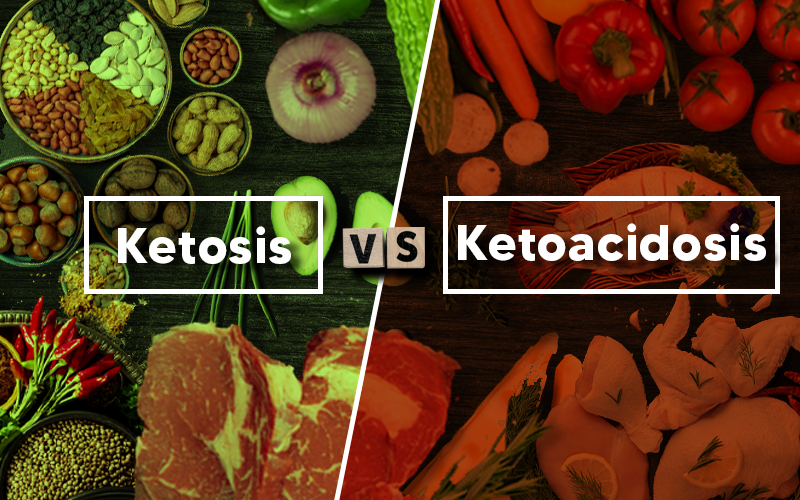
What is Ketosis?
Ketosis is the accumulation of ketones in your blood. It is a normal process that breaks down fats to ketones to generate energy when your body does not have sufficient carbohydrates.
Ketosis occurs when a person is on a low-carb diet or is fasting. When we wake up in the morning, our body is in a state of ketosis as it fasts the entire night with no food or beverage consumption except water.
‘If you have a diabetic type 1 condition, either insufficient insulin in the body or fasting can cause ketosis. It is safe to assume that if the ketosis levels are higher than 0.5 mmol/L it is high to have type 1 diabetes. If you have type 1 diabetes, make sure to keep the ketone level less than 0.5 mmol/L or undetectable.
What is Ketoacidosis?
Ketoacidosis in diabetic people is a complication when the person suffers from insufficient insulin levels. The body reacts by rapidly breaking down body fat into ketones which results in a high ketone count in the blood. The ketone count is far high as compared to people without type 1 diabetes. Ketones are acidic; therefore, an increased count of ketones in the blood makes it acidic. Acidic blood hinders the body from performing normal processes. If left unattended and untreated, even for a couple of hours, it can affect the brand and other organs of the body.
Conclusively, ketoacidosis and ketosis differ in the levels of ketones in the blood. You can measure the ketone count in your blood using several meters available.
How Does Keto Diet Help Regulate Type-2 Diabetes?
The keto diet is capable of significantly decreasing blood sugar levels in the body. Carbohydrates transform into sugar which, further in large quantities, causes the blood sugar levels to spike. Therefore, managing carbs intake is often suggested for people with diabetes type 2. However, the number of carbs you should intake must be determined by your doctor. If you are suffering from high blood sugar levels, taking in too many carbs can be unhealthy and prove to be dangerous. If you switch to consuming more fats and proteins, you can experience reduced blood glucose levels.
Keto Diet Meal Planning – Suitable for Diabetes
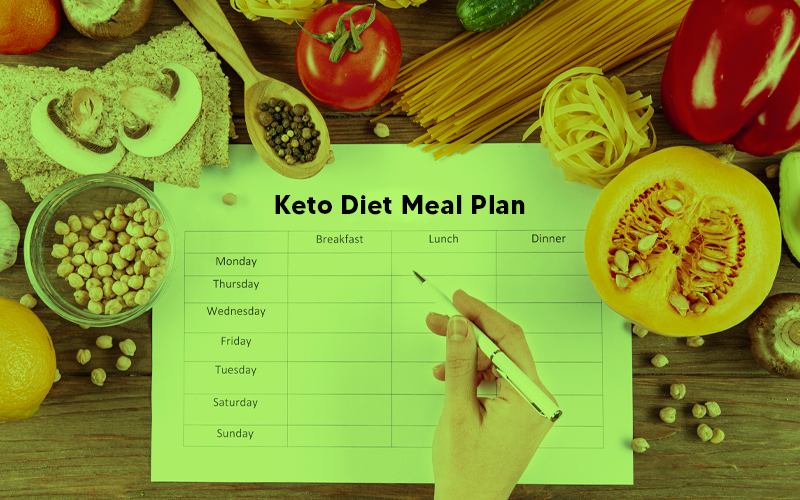
Foods to avoid on a Keto Diet
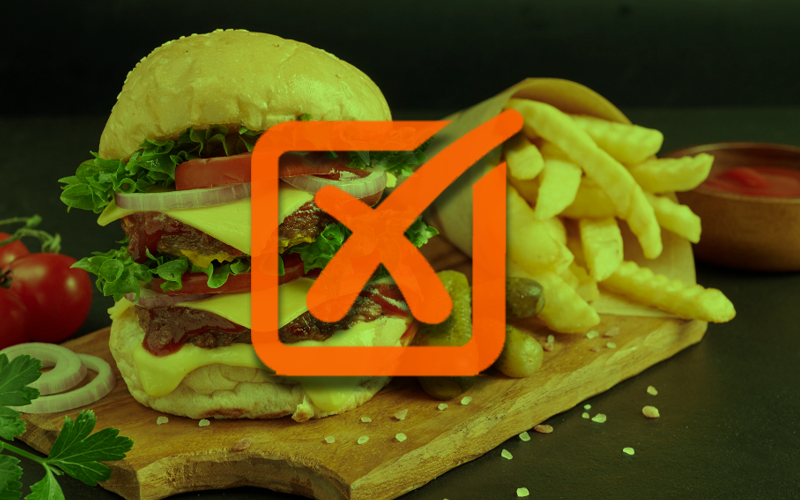
When on a keto diet, you should avoid food that is high in carbohydrates. Listed below are some food items you should eliminate or reduce while on a keto diet:
- Foods high in sugar: soda, smoothies, ice cream, fruit juices, cakes, candies, etc.
- Fruits: all fruits except a small bowl of strawberries or any other berry.
- Starches or grains: rice, cereal, wheat-based food, paste, etc.
- Legumes or beans: kidney beans, chickpeas, peas, lentils, etc.
- Diet products or low-fat products: calorie-free mayonnaise, condiments, salad dressings, etc.
- Alcohol: wine, mixed drinks, beer, liquor, etc.
- Tubers and root vegetables: sweet potatoes, parsnips, potatoes, carrots, etc.
- Unhealthy fats: vegetable oil, chips, mayonnaise, etc.
- Sugar-free diet food items: sweeteners, syrups, desserts, sugar-free sweets, puddings, etc.
- Sauces or condiments: ketchup, honey mustard, barbecue sauce, teriyaki sauce, etc.
Foods to eat on a Keto Diet
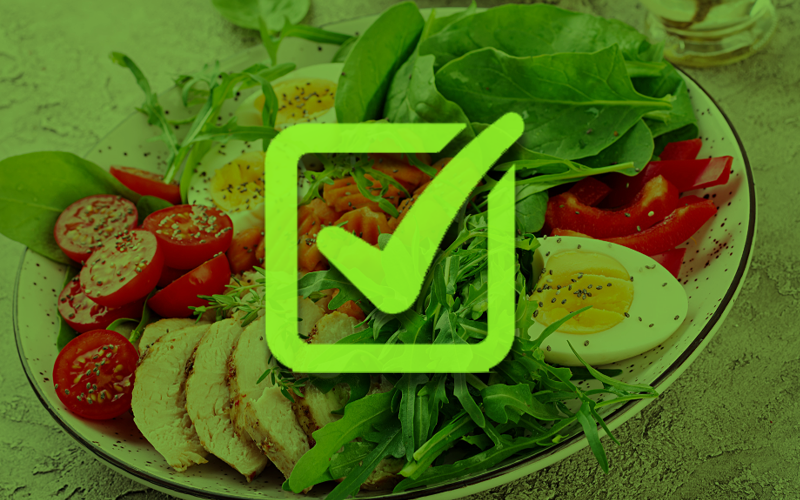
While following a keto diet, your meals should include the below-listed food items:
- Eggs: omega-3 whole eggs or pastured eggs.
- Meat: steak, sausage, chicken, red meat, ham, bacon, and turkey.
- Cheese: unprocessed cheeses such as goat, blue, cheddar, cream, or mozzarella.
- Fatty fish: trout, mackerel, salmon, and tuna.
- Cream and butter: heavy cream and grass-fed butter
- Healthy oils: olive oil (extra virgin), avocado oil, coconut oil.
- Low-carb vegetables: tomatoes, peppers, green vegetables, onions, etc.
- Seeds and Nuts: almonds, flaxseeds, chia seeds, walnuts, pumpkin seeds, etc.
- Avocados: fresh guacamole or whole avocados.
- Condiments: herbs, salt, spices, pepper, etc.
Healthy Keto Snacks

Snacks in between meals are always a necessity. Listed below are some snacks you can indulge in while on a keto diet:
- Cheese
- Olives
- Fish or fatty meat
- Handful nuts and seeds
- A couple of hard-boiled eggs
- Keto sushi bites
- 90% dark chocolate
- Guacamole with bell peppers
- Keto-friendly snack bars
- Celery with guacamole and salsa
- Plain cottage cheese
- Strawberries
- Greek yogurt with cocoa powder and nut butter
- A small portion of leftover meal
Watch Top 5 Diabetic Friendly Fruits To Help You Manage Diabetes
Side Effects of Keto Diet That You Must Know About
As a ketogenic diet alters the very energy source in the human body, it can lead to some short-term and long-term side effects. Let us take a look at what to expect:
Short-term side effects
When you switch to a keto diet from your regular eating pattern, your body might show symptoms similar to withdrawal from something like caffeine for the short term. Some of the symptoms you might experience are:
- Keto-flu – symptoms that resemble those of the common flu.
- Uneasy leg cramps
- Constipation
- Remarkable loss of energy
- Frequent urination
- Loss of salts
- Mental fogginess
- Headaches
- You might feel moody due to the limited carbohydrate intake. When you do not get a sufficient amount of carbs, your brain limits producing serotonin, a hormone that regulates appetite, sleep, and mood.
- Diarrhea: When we consume fatty foods, the liver releases bile. Bile enters the digestive system and helps to break it down. With excessive fat consumption may lead to excessive bile secretion that may lead to loose motions.
However, in most cases, the side effects are temporary and fade off in a little while. In general, people do not experience any side effects in the long run.
Long-term side effects
Some of the long-term side effects are listed below. Let us have a closer look:
- Kidney stones
- Bone fracture risks due to acidosis
- An increment in hypoglycemic episodes
- Risk of dyslipidemia
- As the keto diet involves high-fat consumption, there are risks of cardiovascular diseases due to fat accumulation in the arteries.
- Children might be at risk of experiencing stunted growth because of reduced insulin-like growth hormone. It can also lead to bone erosion.
Takeaway: Should You Be Trying Keto Diet?
The keto diet for diabetes has been a valuable contribution towards dealing with diabetes and other health hazards. It comes with benefits as well as limitations. But, if followed along with the guidance of an expert and while constantly consulting your physician, you can make tremendous changes towards a healthy self.
Although the keto diet for diabetes looks straightforward, it requires monitoring, especially in the case of people with diabetes. Since the keto diet for type 2 diabetes requires a massive transformation in your meal plans, your doctor needs to regularly monitor your ketone and blood sugar levels during the first few days of the diet. You can plan to begin the keto diet plan for diabetes in a hospital. Once your doctor is sure that the diet is not having any adverse effects on your body, you can go home. However, even after your body gets used to it, you might still need to visit your doctor a couple of times a month for monitoring and medication adjustments. For people with diabetes, it is essential to have regular monitoring of blood sugar levels. With diabetes type 2, the frequency of testing varies. You can consult your doctor and know the best schedule for your condition.
[Read Best 5 Amazing Low Carb Recipes for Type 1 Diabetic]
